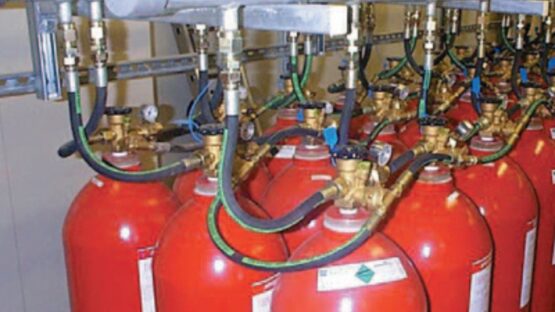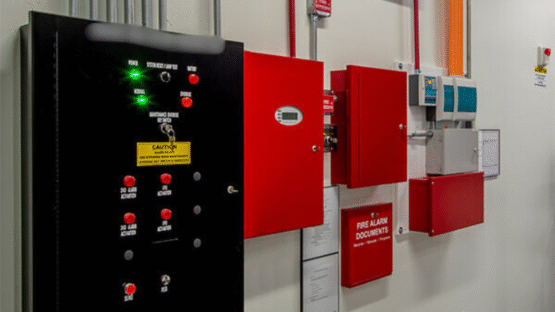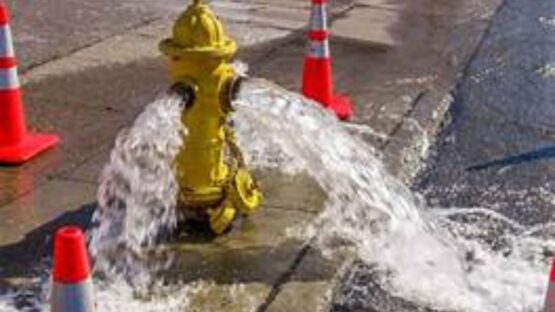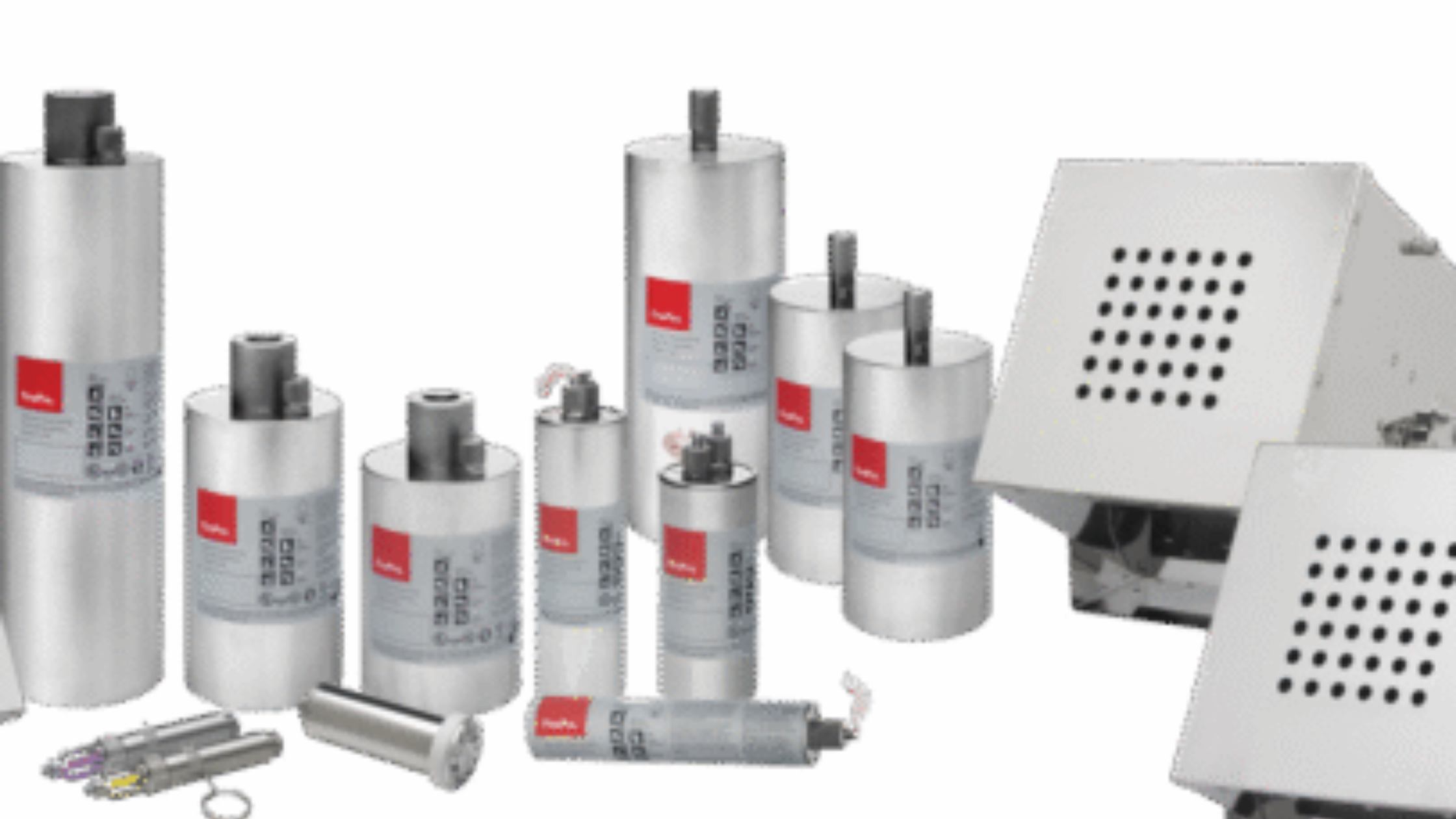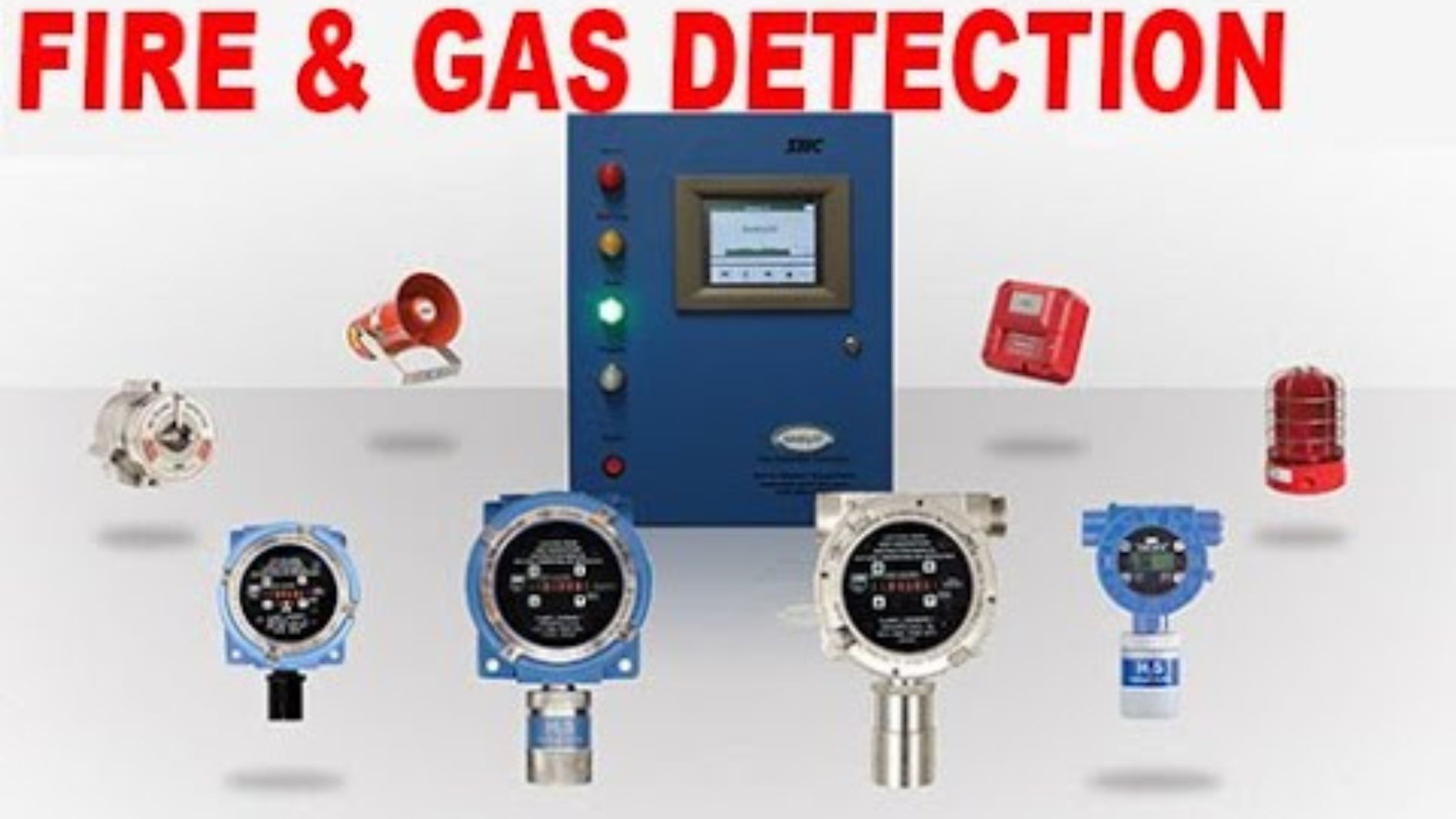TOTAL FIRE PROTECTIN SYSTEM SOLUTIONS
Design standards: NFPA, ISI, TAC, IMO, SOLAS, OISD, ABS, NK, SNAP, DNV, LLOODS, RDSO, DEFENCE, BIS, NBC, ISO 20710-1:2022 etc… as per end user requirements standards.
OIL & GAS ECTORS, IT, HEAVY INDUSTRIES, PHARMACITUCALS, MARINE, CEMENT FACTORIES, COMMERCIAL, and ENVIRONMENTAL, ETC.
Fire protection systems rely on standards and approvals from organizations like NFPA, UL, FM, and others to ensure safety and effectiveness. These standards cover various aspects, including design, installation, and maintenance of systems like sprinkler systems, fire alarms, and suppression systems. Compliance with these standards is crucial for building codes, insurance requirements, and overall fire safety.
Key Organizations and Standards:
- NFPA (National Fire Protection Association):
A leading advocate for fire safety, setting standards for a wide range of fire protection systems, including sprinklers (NFPA 13), portable fire extinguishers (NFPA 10), and foam systems (NFPA 11).
- UL (Underwriters Laboratories):
A global safety science organization that certifies products, including fire protection equipment, based on rigorous testing and standards (e.g., UL 199 for automatic sprinklers).
- FM (Factory Mutual):
Another prominent organization that approves products and systems for fire protection, often working in conjunction with UL.
- ISO (International Organization for Standardization):
Provides standards like ISO 20710-1, which offers guidance on fire safety engineering and active fire protection systems.
- Bureau of Indian Standards (BIS):
In India, the relevant standards are published by BIS, such as IS 15105:2002 for sprinkler systems.
Types of Fire Protection Systems:
- Fire Detection and Alarm Systems:
These systems detect fires and alert occupants and emergency services (e.g., smoke detectors, fire panels, alarm signalling equipment).
- Fire Suppression Systems:
These systems are designed to extinguish or control fires, including sprinkler systems, water mist systems, foam systems, and gaseous suppression systems.
- Passive Fire Protection:
This includes fire-resistant building materials, fire-rated doors, and compartmentation to slow the spread of fire.
- Portable Fire Extinguishers:
Essential for initial response to small fires.
Importance of Standards and Approvals:
- Safety: Standards ensure that fire protection systems are designed and installed to effectively protect lives and property.
- Building Codes: Compliance with standards is often mandated by local building codes.
- Insurance Requirements: Insurance companies may require systems to be approved by recognized organizations.
- Liability: Adhering to standards can help reduce liability in the event of a fire.
- Product Performance: Approvals demonstrate that products have met specific performance criteria.



